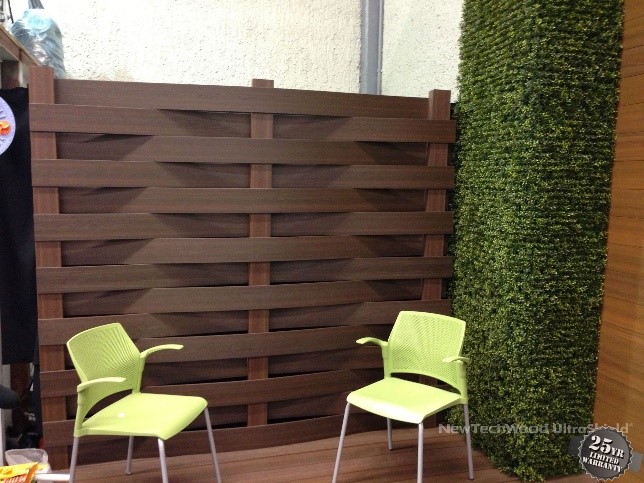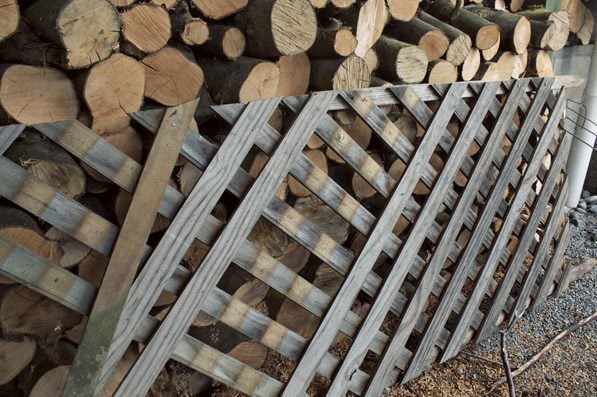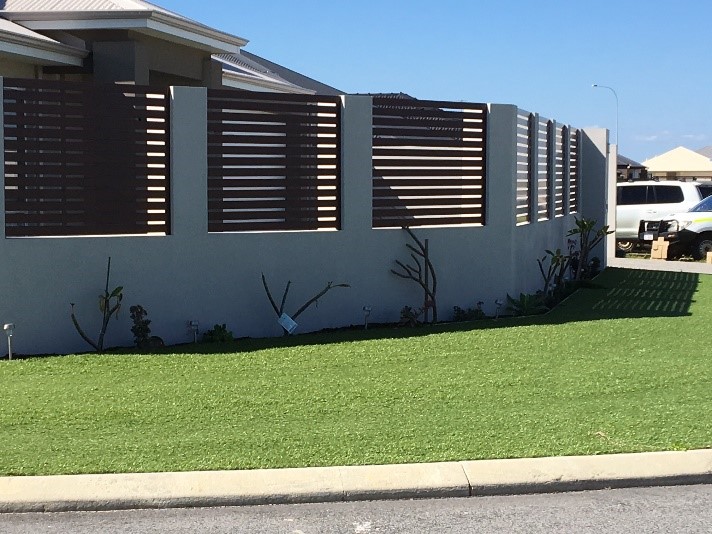News
Considering Slat Fencing? Then You Need to Consider The Regulations
Do you want a functional divider for your garden, complete privacy, or increased security? Slat fencing screens are an affordable and popular option. With neat lines, slat screen fencing is both attractive and functional, allowing airflow along with privacy. However, as with most building work, each local government council has their own rules and regulations. Building permits may be necessary for some circumstances.
Check Regulations with your Local Council
A quick check with your council to establish local ordinances for your area can save you a lot of time and money. Different councils have different rules governing fence height as well as the spacing gap allowed between the slats, depending on where your fence is to be located. Suburbs in Perth are subject to different fence height regulations. Your front fence can be anything from 1.2 to 1.8 m high, and your backyard fence can be 1.8 to 2.4m high.
The allowable slat gap spacing may also differ between councils. The spacing between slats is governed by visual permissibility regulations. For example, in Wanneroo and Joondalup, a front fence exceeding 1.2m in height is required to be 50% visually permeable. Therefore, a front fence comprising 100mm slats requires a gap spacing between the slats of no more than 50 mm.
There are special rules governing slat fencing if it is going to be used around a pool, and corner blocks also have a different set of rules. Your council can provide you with your local rules including all laws governing distances, setbacks, allowable heights, slat gaps, and more.
 Consider the Neighbours
Consider the Neighbours
Once you’ve determined the regulations for your planned slat fence, your next consideration is the neighbours. Do you expect your neighbour to share costs for a dividing fence? Most States have fencing Acts that govern dividing fences and describe the process for sharing costs with neighbours and for handling disputes.
Common sense things to consider include will your front fence interfere with your neighbour’s view of a special landscape feature, i.e. the ocean, or interfere with their vision when exiting their property? They will also want reassurance that a dividing fence does not encroach on their side of the boundary line. If in doubt, use a professional surveyor. Discuss your fence plans with neighbours in advance so they are in agreement, and get the agreement in writing to avoid potential legal problems.
Choose Your Slat Fencing Materials
Next, you need to choose the most appropriate materials for your slat fence, with the most common options including traditional timber, aluminium, or composite timber. Be aware that if you live in a heritage-protected suburb, some fence materials are not permitted, i.e. bamboo. Your local council can advise you on these restrictions.
Natural timber brings with it both affordability and beauty, and on the hottest days will not burn the plants growing close to it, but with this also comes a lifetime of upkeep and maintenance, and a shorter ‘lifespan than aluminium or composites. It will need regular repainting or oiling and staining to maintain protection for the wood and maintain its appearance. However, even with that constant attention, over time it will be prone to warping, mould and rotting due to weather damage, not to mention the destruction caused by termites and other wood-boring insects.
Aluminium is the most expensive option, but it will handle our hot Australian climate conditions better than natural timber and requires no maintenance. It will last much longer than timber and is not prone to warping, rotting, or termite attack, however, depending on the type you buy, it can get very hot, and you need to consider any plants nearby that might suffer from the heat generated. Depending on the manufacturer, its warranty can range anywhere from 2 to 10 years.
Consider Composite Timber Slats
A third option, composite timber, which is a combination of recycled timber and plastic, is a more attractive option for many because it is designed to look like real timber without the problems inherent with real wood. And while it is also slightly more expensive than natural timber, it is cheaper than aluminium. You never have to repaint, oil or seal it. It is hard-wearing, long-lasting and maintenance-free, and some come with 10-year warranties. But shop around. For example, NewTechWood offers a 25-year warranty.
NewTechWood composite timber slats are treated with Ultrashield technology. They are not only termite proof, they are UV and mould-resistant, and will not rot or warp. If you want slats that look like natural timber, but without all the maintenance and upkeep, this is your best option. It also comes with aluminium channels, in different colours to match and coordinate with your fencing.

As with slat fencing, screening has also come a long way from the days of timber lattice – do you remember the rusting nails, the peeling paint and broken lattice structure?
Slat screens also have their own set of rules which differ between Councils. When used as a privacy screen, as opposed to something to conceal an eyesore such as pool pumps and equipment, some of the considerations are that the maximum visual permeability allowed is 20%, and all privacy screens must meet minimum height requirements of 1.6m (above floor level). In addition, the area of vision through the slats must be no more than 45 degrees.
Know the Installation Rules
Don’t rely on your installer to be aware of specific rules that pertain to your suburb; check with your local Council yourself. An ounce of prevention is worth a pound of cure!
Want to know more about slat fencing or composite timber slats? Talk to our friendly team about your project or get a quote.
